Ad

Are Samsung’s moon photos Real or Fake?
Follow Us:
3,200 views
"Space Zoom" refers to Samsung's mix of optical zoom and digital zoom to capture photographs at absurd distances, which first appeared on the 2020 Galaxy S20 Ultra.
With the help of the 10x optical telephoto camera, that can reach up to 100x on the company's "Ultra" phones. But, the quality really starts to suffer after 30 times. Even yet, Samsung frequently promotes this function, notably on the company's newest Galaxy S23 Ultra. The main "wow" factor Samsung uses to highlight this is moon photography, which is notoriously difficult to do successfully on smartphones.

Input Mag put together a test in 2021 when it was demonstrated that AI was a significant element of how Samsung managed these pictures but that the end shot was actually genuinely taking a picture of the moon.
A new test that appeared on Reddit over the weekend attracted a lot of interest since it demonstrated with great clarity that Samsung was fabricating the results.
The test, carried out by u/ibreakphotos, involved applying a Gaussian Blur effect to a digital image of the moon, leaving the image incredibly hazy and devoid of any discernible information. unlike what the camera was first given to work with, the image came out the other side as a clear picture of the moon.
The moon can still be recognised as such with little difficulty. Yet, when that image is viewed on a monitor and then recorded by Samsung's "Space Zoom," it emerges as a sharp picture of the moon, quite different from the original image that the camera was given to work with.
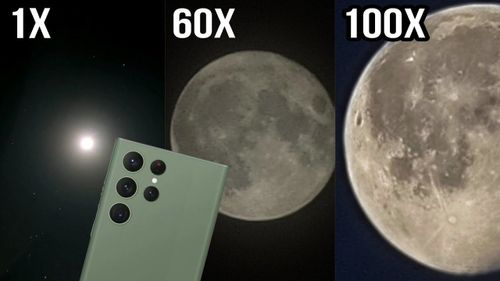
It appears to be very convincing evidence that Samsung is "faking" these moon images, which is correct in a technical sense. The Samsung camera does not capture a picture of the moon and then reproduce exactly what it saw. In fact, turning off the "Scene Optimizer," the AI's "secret sauce," will make these pictures fuzzy and useless.
Samsung uses artificial intelligence to fill in the blanks. It's an upscaled image created by an AI that "knows too much," as our Max Weinbach called it. It generates the familiar visuals by determining the positions of the pixels based on whatever it detects as the moon.
To assist, consider the box's illustration. These moon photographs are also made possible by Samsung's pictAI, and images like these clearly highlight how aggressive and easily trickable that AI is. Since the camera is already capturing a hazy image of the moon, it makes reasonable that snapping a picture of a blurry image of the moon would provide a sharper image.
Is that considered "fake"? Really, it all depends on how you read it. Although Samsung has often insisted that it is not utilising overlays to achieve this effect, it is also obvious that Samsung's AI is supplying far more information than just scaling the original input.
It isn't developing the image from scratch, and it need the image from the smartphone's camera sensor in order to utilise AI to produce the final image. It's something comparable to a puzzle. If you didn't have the box art to guide you, assembling a 1,000-piece puzzle would be very challenging. Samsung's images aren't exactly authentic, but they're also not entirely false either.
Latest News



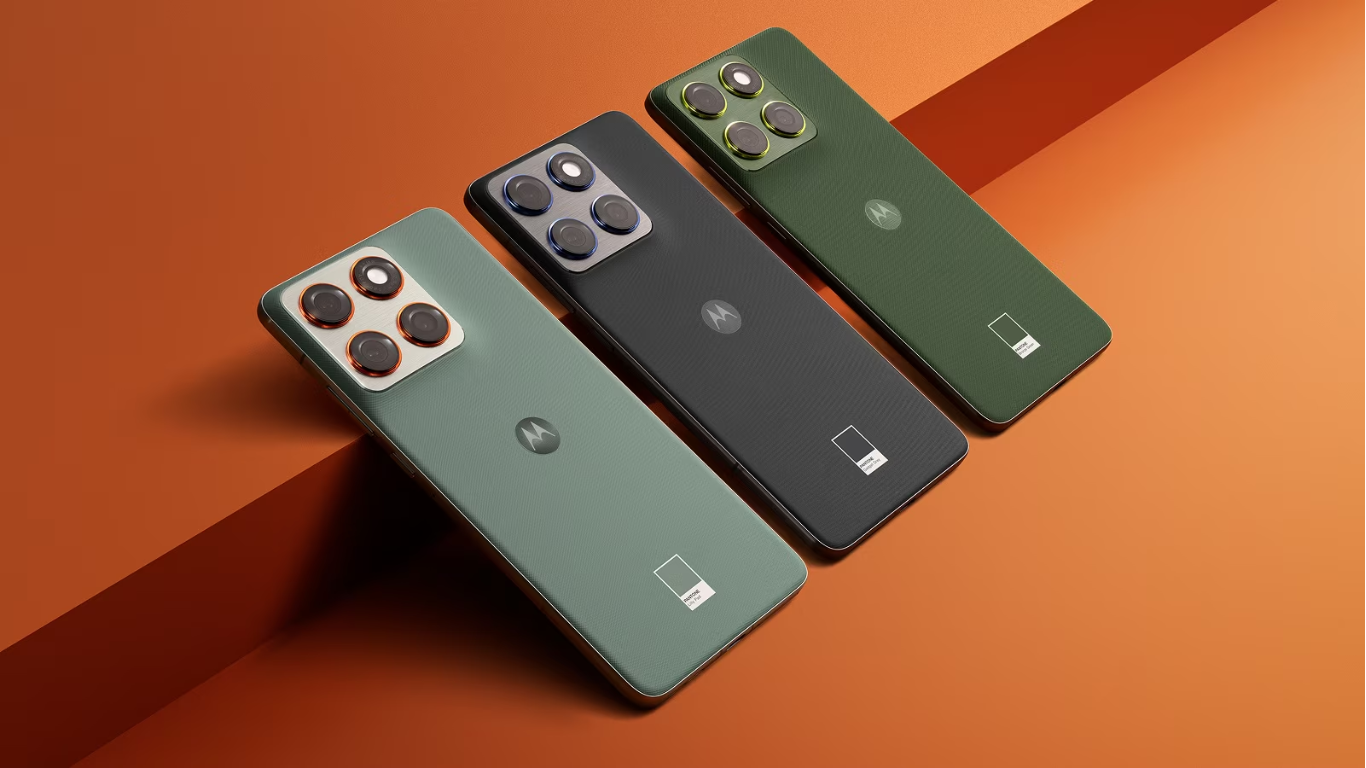
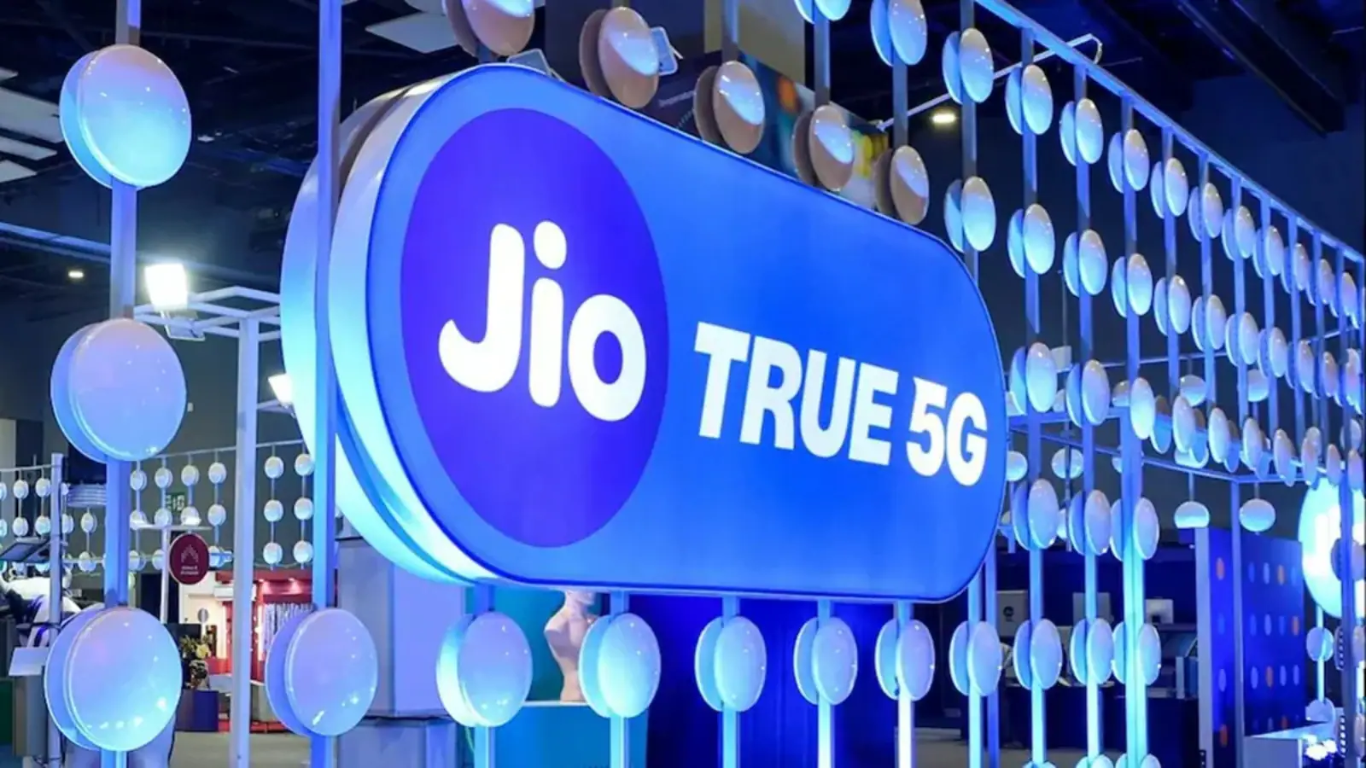
Reviews & Guides
View All
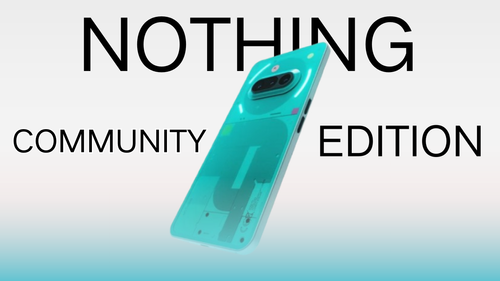
Nothing Phone 3a Community Edition First Impressions: A Fresh Take on Budget Smartphones
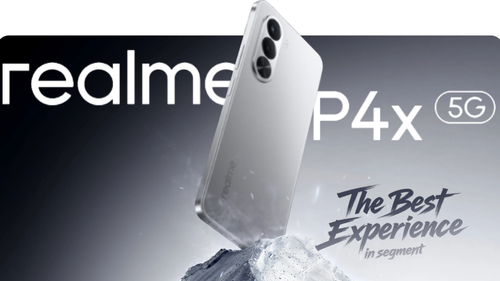
Realme P4x 5G Review: Budget-Friendly Beast with Epic Battery Life

Sony BRAVIA 7 Mini LED K-65XR70 vs. Haier Mini LED H65M95EUX

Samsung QN90F (65QN90FAU) Review: The King of Bright-Room Viewing

Why doesn’t Apple reveal the iPhone battery in advertisements?
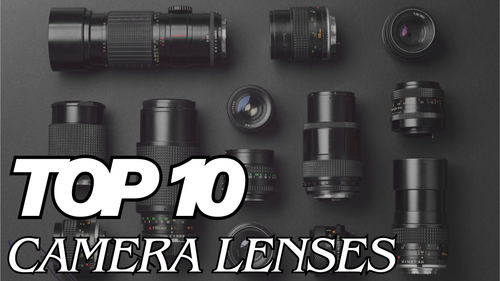
Top 10 camera lenses you should Own in 2025

Donald Trump Watch Collection: Timeless Luxury on the Wrist

Best Smartphones Under 30,000 in 2025







